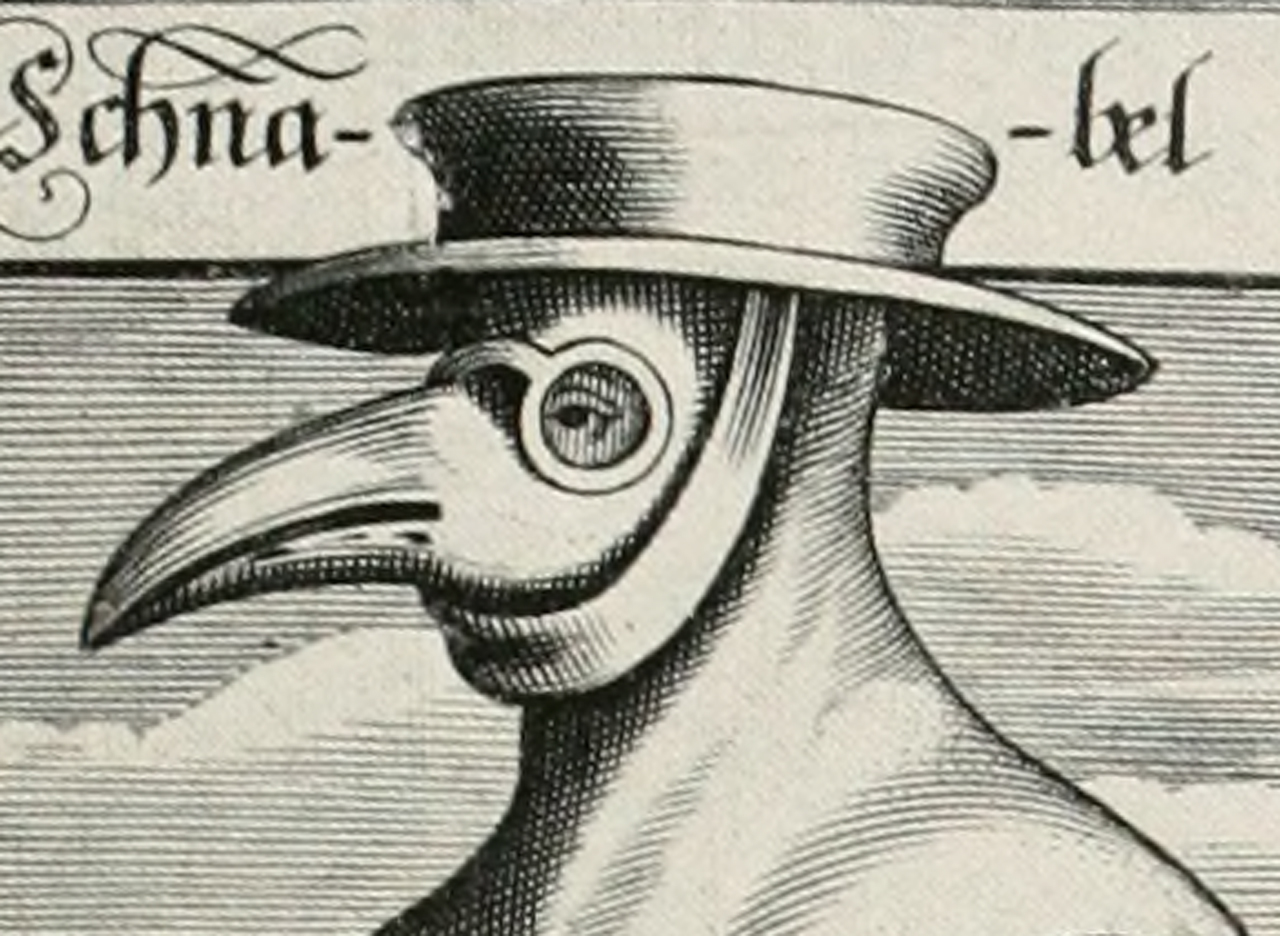The Vinegar of the Four Thieves-Clean House, Dress a Salad & Save the World from the Plague in Your Spare Time
The Legend
The story of the Vinegar of the Four Thieves is interwoven with the Black Plague and the history of Medieval Europe. The cities of Europe were ravaged by repeating waves of plague from 1348 until the late nineteen century peaking in the late fourteen century. It is estimated that 30% to 60% of the population of Europe died because of it. The people living through those times had no idea what caused the plague, nor what to do to stop it. They only had a vaguest idea of it being caused by “bad airs.” It is now widely believed that the plague originated in China and was transported along with the goods that traveled the fabled Silk Road. The plague was carried by fleas which infected the rats that infested the wagons and carts traveling the trade routes and trading ships that plied the seas between the Far East and Europe.

When the plague struck a city often entire families died and their bodies were collected and taken to mass graves to be buried. Other times there was no one to collect the bodies and the corpses languished in their erstwhile homes. Many homes stood abandoned and vacant except for their deceased occupants. The plague eventually lead to a disruption in the economic system of serfs working for the nobility and to the rise of the middle class.

Then stories started to circulate of men robbing the dead with seeming impunity. This gave rise to a Medieval version of an urban legend. Like most myths this legend had a basis in truth. Many towns in France, especially Toulouse, and in Italy, claim to be the source of the legend of the Four Thieves but there is more than one version of the story.
One version tells of city officials becoming aware that thieves were plundering the homes of Plague victims. At first no action was taken against the thieves because it was assumed that they would soon be dead anyway. However when it became clear that the thieves were still healthy they were apprehended and authorities demanded to know their secret.
A second version of the story is that a group of thieves were apprehended near the beginning of the outbreak of the plague and as punishment were set to work collecting the bodies of victims with the idea that this was a death sentence. In this version of the story the thieves used the recipe and so remained healthy. Whether in they were forced to tell their secret or used it to barter their way to freedom, the recipe for the Vinegar of the Four Thieves was revealed. It should be noted that perfumers, herbalists and apothecaries were often less affected by the plague. Knowledge of the usefulness of herbs for specific conditions had of course been around since before recorded history. Since people of those times knew nothing about germs and viruses they didn’t know what they were fighting. Empirical evidence lead to the discovery of the usefulness of herbs in combating the plague.
Doctors visiting plague victims began to wear masks with long beaks which were stuffed with herbs and goggles over their eyes. They also wore long coats and gloves with the idea of covering themselves from head to toe. They may not have known what caused the plague but they could see what stopped it. The herbs were also useful as a flea repellant and they may not have known that fleas carried the plague but they could see red bites that became infected. Infection itself was a dangerous condition and the smallest wound could turn deadly. (If you want to make your own plaque doctor’s mask see Chris at Lost Wax).

The Recipe
The recipe calls for four herbs, each of which represent one of the thieves. The four basic herbs are lavender, sage, rosemary and thyme. As it turns out, these four herbs have strong antiviral and antibacterial properties. Other herbs were often added to the mix, especially garlic. In addition to having it’s own antibacterial properties, garlic was believed to have other medicinal and magical uses and was also thought to protect against vampires. These herbs were infused in vinegar (which itself has antibiotic properties) by placing all the ingredients in a crock and letting them sit in a cool dark place to steep.
The vinegar can be used in several ways. It could be used to soak a rag which was then worn over the nose and mouth or the infused vinegar could be used to wipe down the skin and clothes. It could be used as a general household cleaner.
The Vinegar of the Four Thieves is still used today all over the world and is especially well known in France. The following recipe makes a great surface disinfectant.
Four Thieves Vinegar Recipe
Add equal parts of the following herbs to a crock or large jar: If you want old school crocks go to Lehman’s for all of your kitchen needs.
Lavender
Sage
Peppermint
Thyme
Optionally, you can also add Garlic, Melissa, and/or Hyssop I get my natural, organic herbs from Mountain Rose Herbs.
Blend ingredients in a glass jar and cover completely with organic, unpasteurized apple cider vinegar, which is available in most health food stores. Cold infuse (let sit at room temperature in a cool place) for six weeks and then strain off herbs and garlic. The interesting thing is that this recipe makes a perfectly good salad dressing too!





Linda Hutchinson
March 19, 2020at4:36 amWonderful article to teach many at this time of need. Being an average herbalist this is a basic and an amazing way to teach…